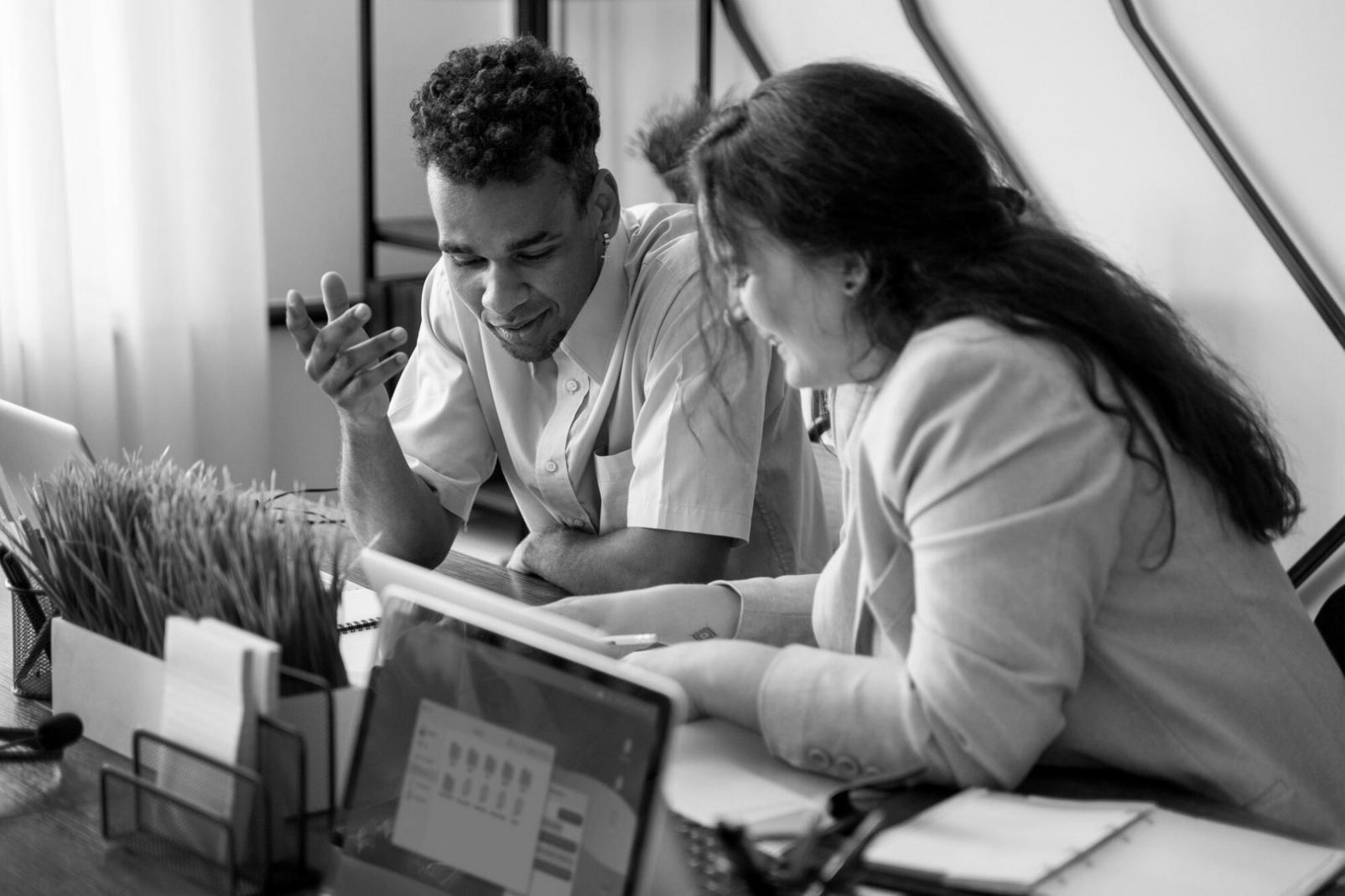Budget Skills When You're Learning From Home
Remote learning changed everything about how we approach education. But here's what most courses won't tell you: mastering budget creation while studying remotely requires different strategies than traditional classroom settings.
When your study space doubles as your living room, and your finances need managing alongside coursework, things get complicated fast. We've spent years helping Australians develop practical budgeting approaches that actually work with remote learning schedules.

Setting Up Your Financial Learning Environment
Think about how your physical workspace affects your concentration. Your financial workspace needs the same attention. When you're juggling online modules and budget spreadsheets, organisation isn't just helpful—it's essential.
Digital Tools That Actually Help
Most budgeting apps overwhelm you with features you'll never use. Start simple. A basic spreadsheet works better than fancy software you don't understand. As you progress through your remote learning journey, you'll discover which tools match your thinking style. Some students prefer visual dashboards; others work better with plain numbers.
Time Blocking for Financial Reviews
Remote learning erases the boundary between study time and life time. Schedule your budget reviews the same way you'd schedule a live tutorial. Tuesday mornings or Friday afternoons—pick something consistent. Your brain will start preparing for financial thinking during those slots, making the work feel less draining.
Creating Accountability Without Classmates
Traditional courses give you built-in accountability through peers and schedules. Remote learners need to build their own. Consider finding a budget buddy online or joining forums where people share their progress. You're not looking for competition—just someone else who understands the challenge of managing finances while studying independently.
Tracking Progress in Practical Terms
Theory feels abstract when you're learning alone. Connect your budget concepts to real expenses immediately. If you're studying cash flow forecasting, use your own grocery spending as the example. Your electricity bill becomes a teaching tool. This approach turns remote learning from isolated theory into lived experience.

Real Challenges Remote Budget Learners Face
After working with hundreds of remote learners across Australia, we've noticed patterns. These aren't the challenges you'd expect from marketing materials—they're the messy, practical problems that emerge when theory meets everyday life.
Motivation Gaps
Remote courses let you pause whenever life gets busy. But budgeting skills develop through consistency, not sporadic bursts. Students often restart modules three or four times before finding a rhythm that sticks.
Context Switching Costs
Jumping between budget spreadsheets and course videos fragments your attention. Your brain processes financial concepts differently when you're constantly toggling tabs. Block out longer sessions instead of trying to squeeze learning into ten-minute gaps.
Question Delays
In-person classes let you ask questions immediately. Remote learning means waiting hours or days for responses. This delay disrupts your learning momentum more than you'd think. Plan ahead by noting questions as you go, then batch them for efficient resolution.

Started learning budget creation remotely in January 2025. The hardest part wasn't the content—it was maintaining focus without a classroom structure. Once I treated my study sessions like proper appointments and connected each lesson to my actual bills, everything clicked. Now I review our household budget weekly without that overwhelming feeling.
